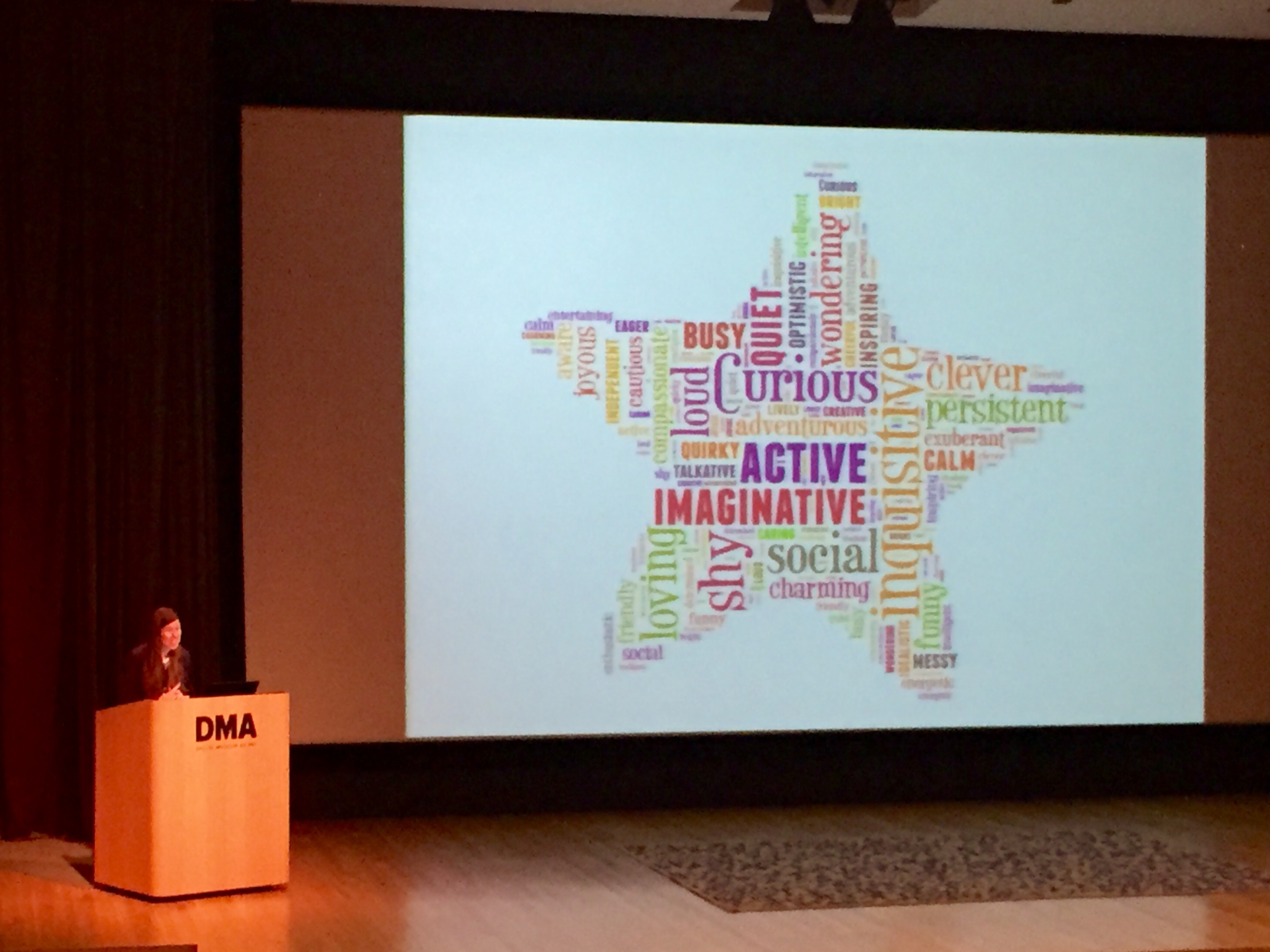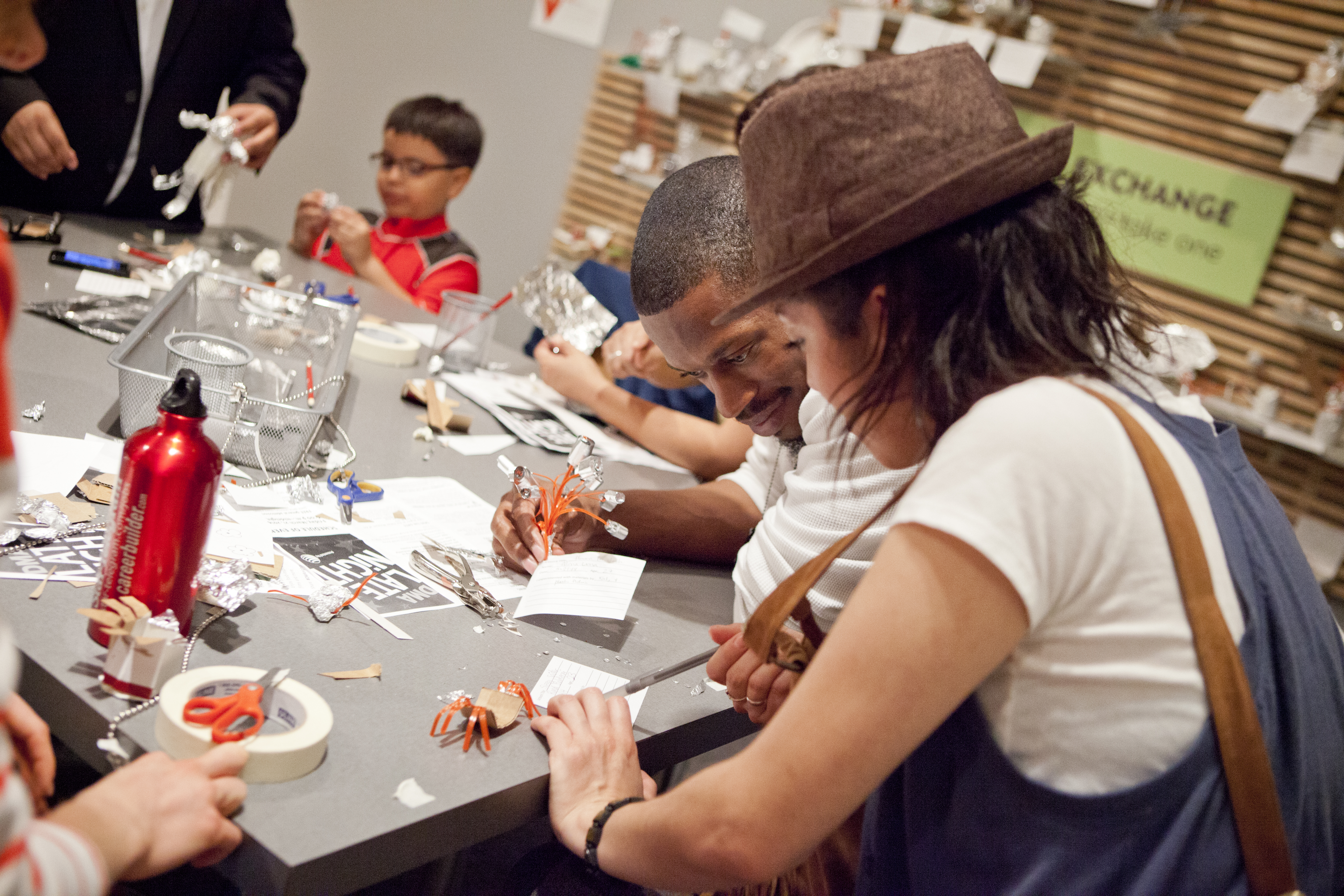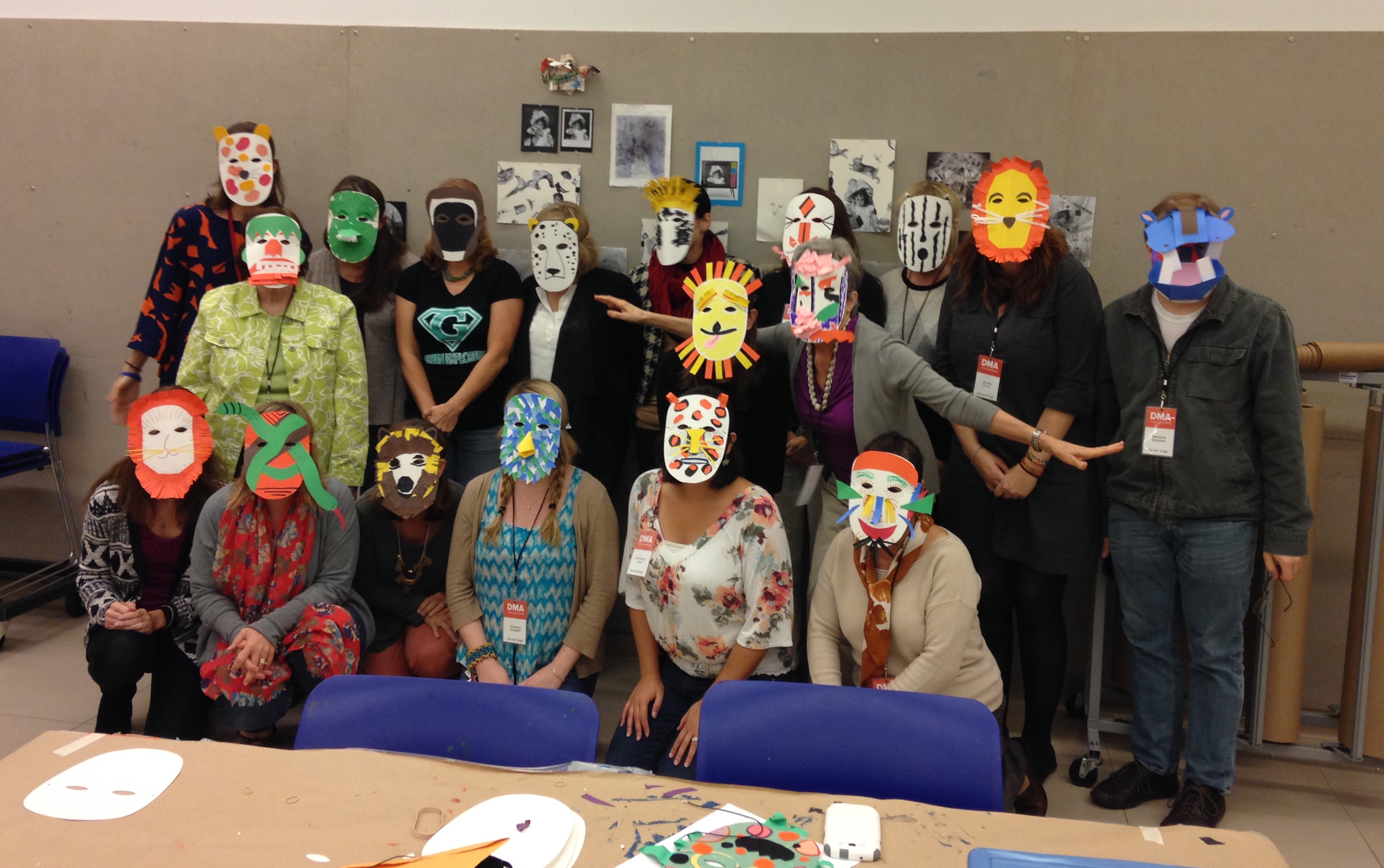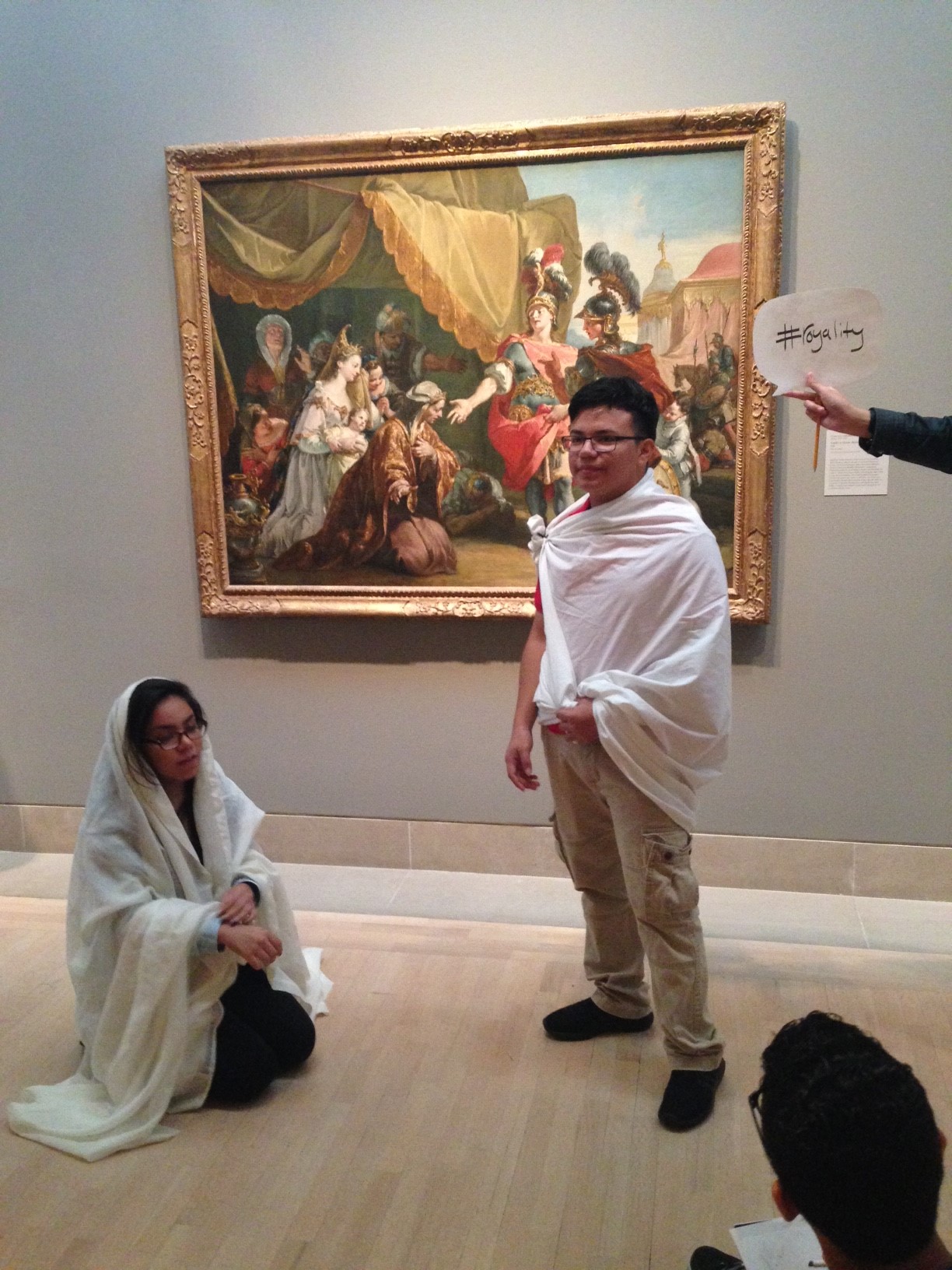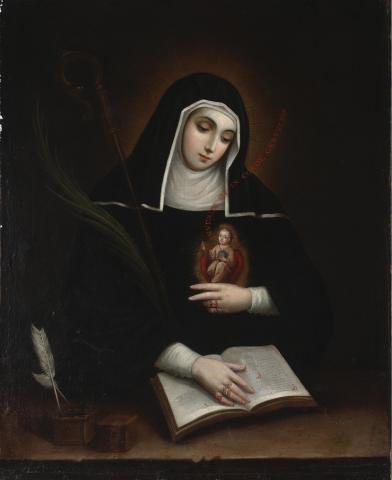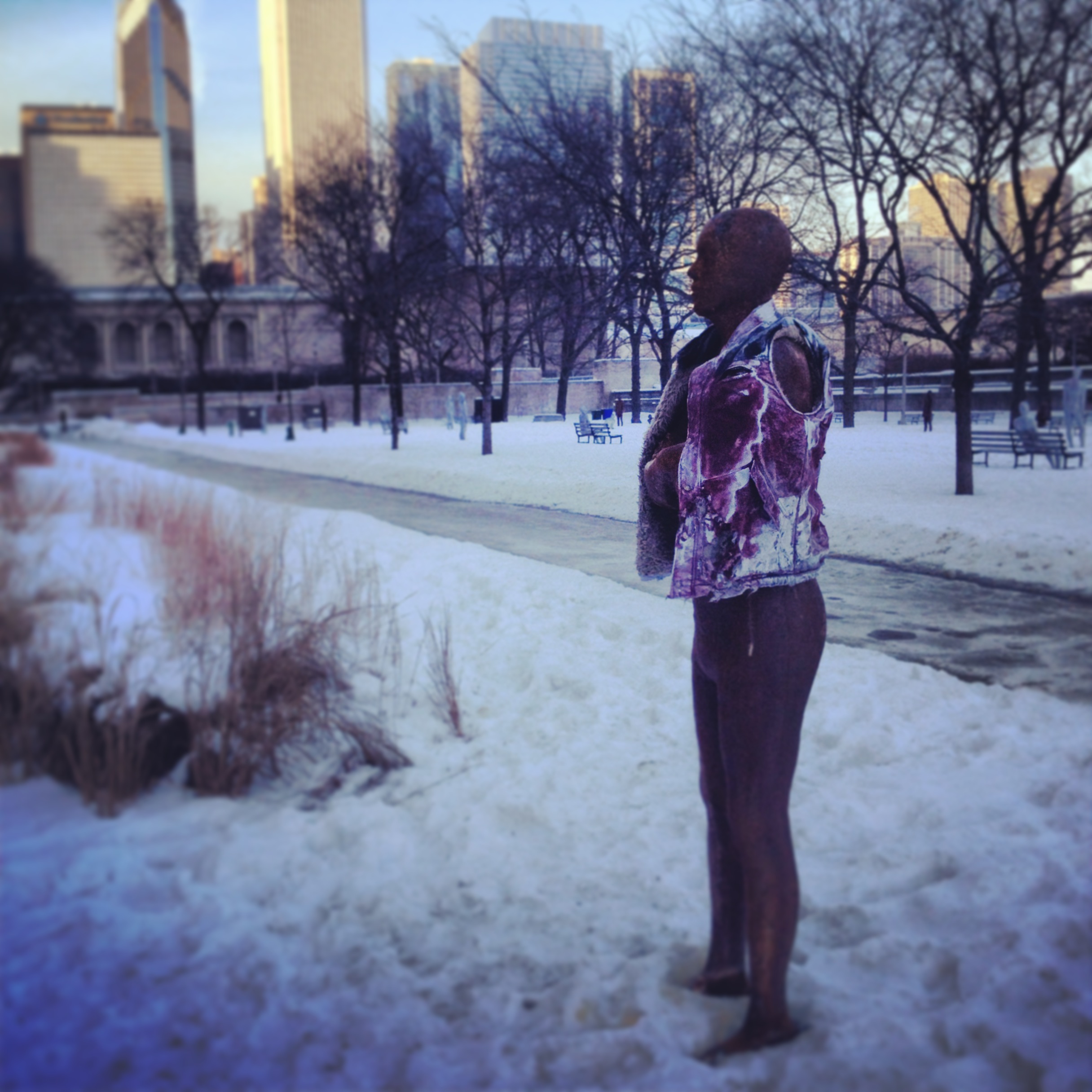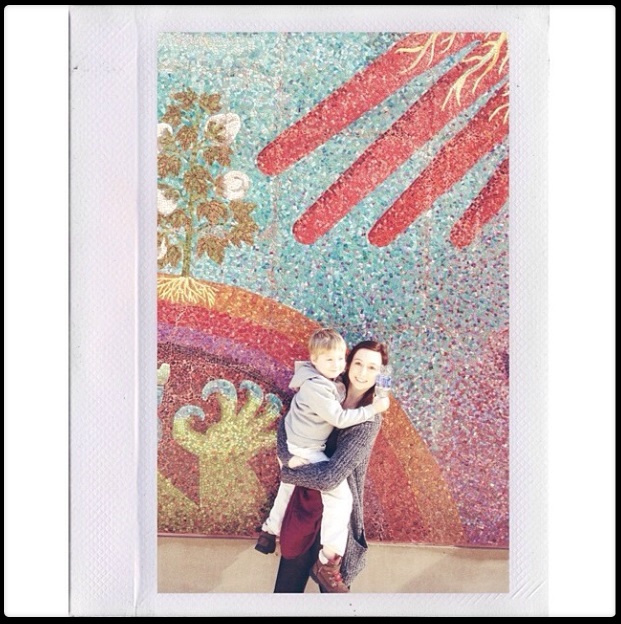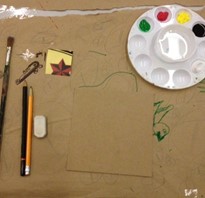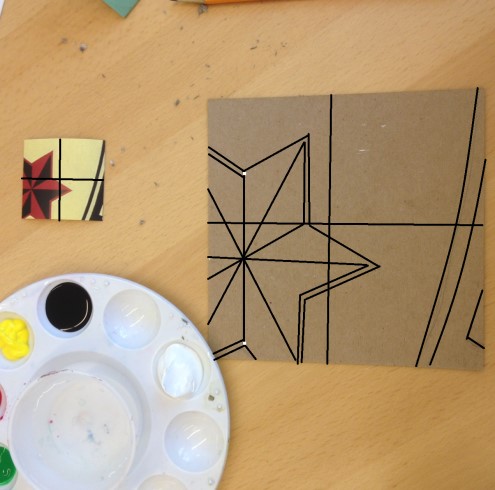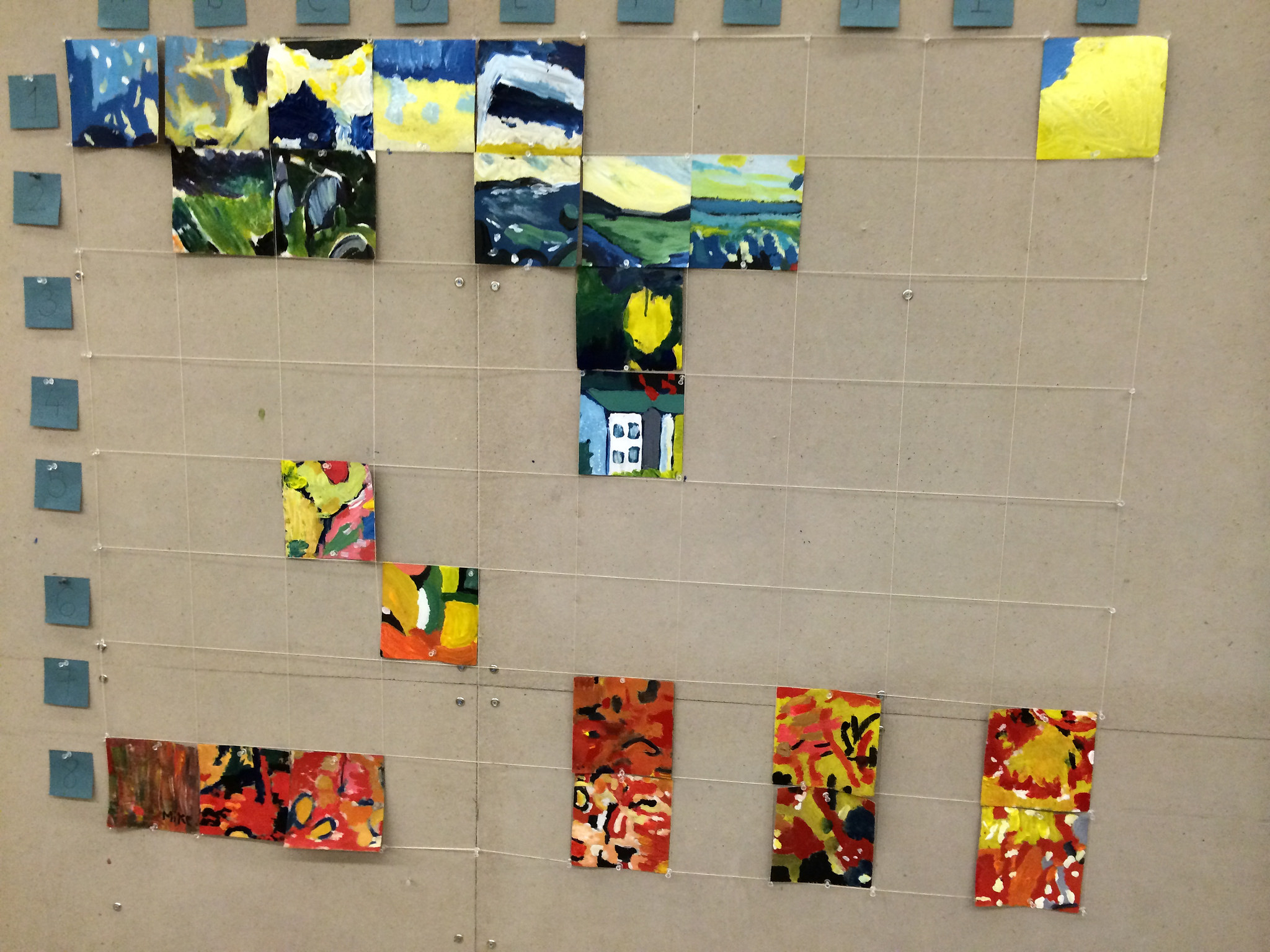The word public is defined as an adjective: it is used to attribute a quality to someone or something, usually modifying and describing a noun. But what happens when public becomes a verb–an action, a state, the main part of a sentence? Public suddenly stops being passive and becomes active–an occurrence, a happening, an event…
But what makes a museum public? What are its responsibilities? How do we build democratic space/vision? Is it possible or necessary? And if it’s true that we’re losing publicness, how do we reclaim it back?
These are some of the questions I hope to explore with my new work, Experiments on Public Space (EPS). EPS came about thanks to the opportunity to carry out an independent project as part of my McDermott Internship at the Dallas Museum of Art. My background in both research and artistic practice is focused in an interest to understand, explore and expand the ways audiences interact/participate with contemporary art. This project is an extension of that line of inquiry specifically looking at institutional contexts.
I’m fascinated by the language used in museums when referring to issues around publicness, because what do we actually mean when we refer ourselves as a “public museum”? What does it entail? How does a public museum feel or look? What do our visitors understand by “public”? Are they not the public themselves? And why probe publicness? Why now? Why here?
Coming from England, I was very curious about the differences between public cultural institutions here in America and those back in Europe. I think the dialogue is particularly of relevance to the DMA because of its historical founding as a public museum and it’s recently reestablished free general admission, something that is rare in this country. I’m also intrigued by the context of the Museum in a city as diverse as Dallas. Considering the city’s large latino population, I want to explore the standings of the institution in serving a wide range of communities.
- Series of visual posters part of “when public becomes a verb…”. Collaboration with DMA Teen Council. Each poster will be presented in a panel discussion as ‘Part II’ of the same program.
- Series of visual posters part of “when public becomes a verb…”. Collaboration with DMA Teen Council. Each poster will be presented in a panel discussion as ‘Part II’ of the same program.
- Series of visual posters part of “when public becomes a verb…”. Collaboration with DMA Teen Council. Each poster will be presented in a panel discussion as ‘Part II’ of the same program.
- Series of visual posters part of “when public becomes a verb…”. Collaboration with DMA Teen Council. Each poster will be presented in a panel discussion as ‘Part II’ of the same program.
The project itself is built on a series of practice-based evaluation methods that take place in the Museum. The public will provide the data with their participation in performances, interventions, seminars and workshops, aiming to collaboratively measure the publicness of the environment in which the institution acts. With this approach I hope to implement active research into the life of the Museum, collecting both inside and outside voices as a way of opening up dialogue. In this sense, the project uses unconventional evaluation methodologies to promote opportunities for reflection, thought, participation and active discussion. The goal is that through these programs, we might collectively exemplify and animate publicness and what it means in the context of museums in the 21st century.

Members of the DMA/Perot Teen Council during a production session for “Alternative Signage”, one of the EPS programs happening during March Late Night.
Confused? Challenged? Excited? – This is a very brief introduction to a project that has almost taken a life of its own. Publicness is a complex issue that touches upon many different fields and it is easy for it to be overlooked or even forgotten. With EPS I hope to bring it back to the fore in an attempt to reclaim its importance. I believe there is a big difference between possessing a quality and being one, and it is crucial that we understand the difference. To claim ‘publicness’ requires more than a certain kind of perception or view; it demands responsibility and action.
Program scheduling will be published on the DMA website, under Center for Creative Connections – Community Projects. I hope you’ll join me in this experiment!
Eliel Jones
McDermott Intern for Visitor Engagement










